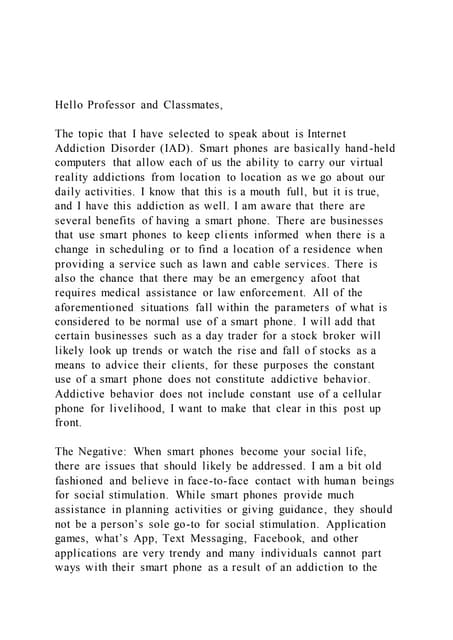Which Describes The United States' Foreign Policy During The 1930S

Introduction to the United States’ Foreign Policy in the 1930s

The United States’ foreign policy during the 1930s was primarily characterized by isolationism, with the country attempting to avoid involvement in international conflicts, particularly in Europe and Asia. This stance was influenced by the widespread disillusionment with the outcomes of World War I, the economic pressures of the Great Depression, and a strong public sentiment against further entanglements in foreign wars. The policy was marked by several key events and legislative actions, including the Neutrality Acts, the Good Neighbor Policy, and the initial reluctance to take a firm stance against the aggressive expansion of powers like Japan, Germany, and Italy.
Key Points
- The United States adopted an isolationist foreign policy in the 1930s, aiming to avoid involvement in international conflicts.
- The Neutrality Acts were passed to prevent American involvement in foreign wars by restricting arms sales and travel to belligerent nations.
- The Good Neighbor Policy marked a shift in relations with Latin American countries, emphasizing cooperation and non-intervention.
- Initially, the U.S. was slow to respond to the aggressive expansion of Japan, Germany, and Italy, reflecting its isolationist stance.
- The policy began to shift with the outbreak of World War II, particularly after the Japanese attack on Pearl Harbor in 1941.
Isolationism and the Neutrality Acts

The cornerstone of the United States’ foreign policy in the 1930s was isolationism. The country had entered World War I with the slogan “Make the World Safe for Democracy,” but the war’s outcome and the subsequent rise of fascist and nationalist powers in Europe and Asia led to a widespread disillusionment among Americans. The economic hardship of the Great Depression further solidified the public’s and politicians’ desire to focus on domestic issues rather than engage in costly foreign interventions. To enforce this isolationist stance, the U.S. Congress passed a series of Neutrality Acts between 1935 and 1939. These acts prohibited the sale of arms and munitions to countries at war and restricted American travel on belligerent ships.
The Good Neighbor Policy
A notable exception to the U.S.’s general isolationist stance was its policy towards Latin America, known as the Good Neighbor Policy. Introduced by President Franklin D. Roosevelt, this policy marked a significant shift from previous U.S. interventions in Latin American affairs. The Good Neighbor Policy emphasized non-intervention, cooperation, and the mutual respect of national sovereignty. This approach was designed to improve relations with Latin American countries, promote economic cooperation, and secure the region against the influence of Axis powers. The policy included the withdrawal of U.S. Marines from Haiti and Nicaragua, the abrogation of the Platt Amendment that had given the U.S. control over Cuba’s foreign policy, and a series of economic and cultural exchanges.
| Policy Aspect | Description |
|---|---|
| Isolationism | Avoidance of involvement in international conflicts, especially in Europe and Asia. |
| Neutrality Acts | Legislative measures to prevent U.S. involvement in foreign wars by restricting arms sales and travel. |
| Good Neighbor Policy | A policy towards Latin America emphasizing cooperation, non-intervention, and mutual respect for sovereignty. |

Gradual Shift from Isolationism
As the 1930s progressed, the aggressive expansion of Japan, Germany, and Italy began to challenge the U.S.’s ability to maintain its isolationist stance. The Japanese invasion of Manchuria in 1931, Italy’s invasion of Ethiopia in 1935, and Germany’s remilitarization of the Rhineland in 1936, along with its annexation of Austria and invasion of Czechoslovakia, increasingly posed a threat to global stability. Initially, the U.S. responded with verbal condemnations and economic sanctions, but it was not until the Japanese attack on Pearl Harbor in December 1941 that the U.S. formally entered World War II, marking a decisive end to its isolationist policy.
What were the main characteristics of the United States’ foreign policy in the 1930s?
+The U.S. foreign policy in the 1930s was primarily characterized by isolationism, with a focus on avoiding involvement in international conflicts, particularly through the passage of the Neutrality Acts. However, the Good Neighbor Policy towards Latin America represented a significant exception, emphasizing cooperation and non-intervention.
How did the Good Neighbor Policy differ from the overall isolationist stance of the U.S. during the 1930s?
+The Good Neighbor Policy differed significantly from the overall isolationist stance as it actively engaged with Latin American countries, promoting cooperation, non-intervention, and mutual respect for sovereignty. This approach was more proactive and engaged than the isolationist policy, which aimed to avoid international entanglements.
What event marked the end of the U.S.’s isolationist foreign policy?
+The Japanese attack on Pearl Harbor on December 7, 1941, marked the decisive end of the U.S.’s isolationist foreign policy, as it led to the country’s formal entry into World War II.



